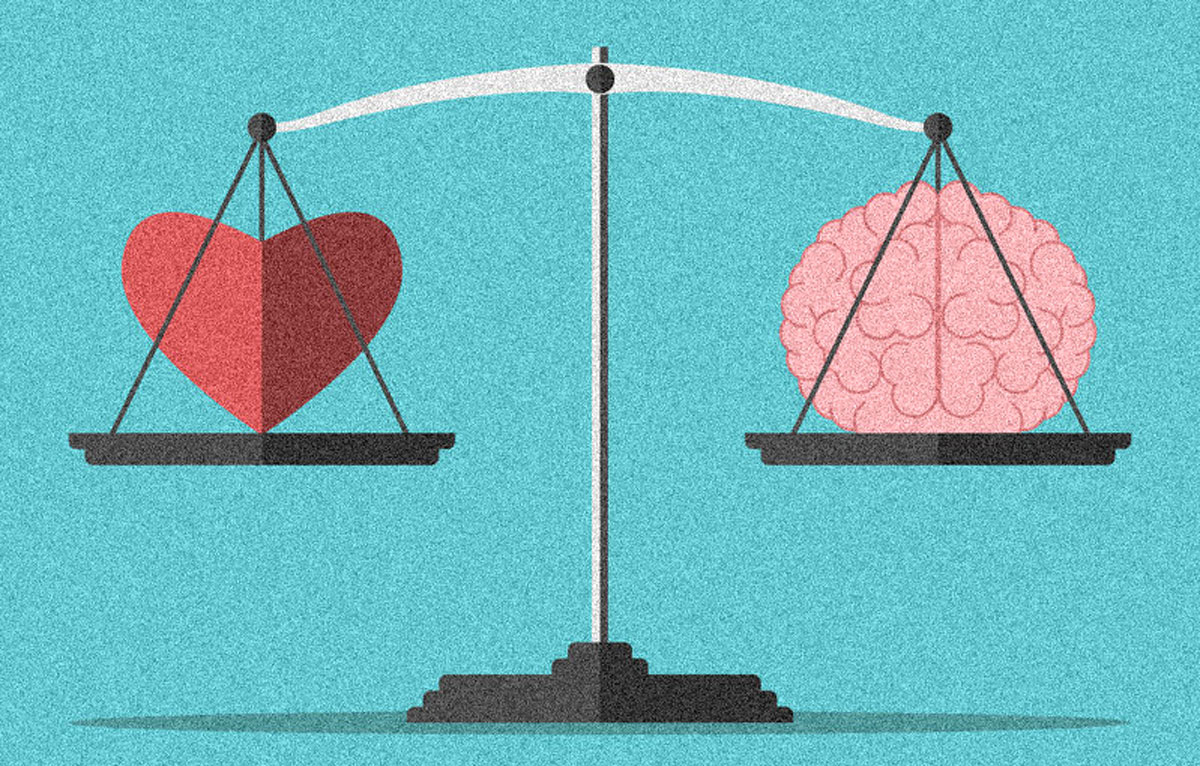There is a consistent dialog between two voices going on inside you that I call a conversation between the Whiner and the Whisperer, or the head and heart. You have a choice—we always have a choice—and the choice is deciding which voice you want to listen to.
The Whiner is the head, while the Whisperer is the quieter voice of our heart. The moment we are confronted with something really hard—something nearly impossible—the Whiner’s voice fires off almost immediately inside our heads. It gripes and says things like, “Do you know how hard this is going to be?” “Why do you think you can do this?” “Who do you know who has done this?” The Whiner’s remarks are a smokescreen generated by our lazy brains in an attempt to keep us from working as hard as we need to. Meanwhile, there’s another voice, a softer one that whispers, “You can do it.” “Try again, try harder.” And “You’ve got this.”
When you continually embrace the voice of The Whisperer, the one that says, “You can,” a funny thing starts to happen—you start to believe you can. This is a critical milestone, for nothing truly great can happen until you start believing that you can. To achieve, you must first believe. Sometimes, you will not be able to find a single external voice that speaks to you in a “can-do” language. When that’s the case, you must look inward for the whisper inside you that wills you forward.
The Negativity Bias
Why is it that the Whiner is such a loud and persistent voice, while we have to listen carefully to hear and nurture the Whisperer inside of us? It has a lot to do with the Negativity Bias and the role the Amygdala plays in our central nervous system. We’re hard-wired with a survival mechanism, not a thrive mechanism. Most of us have a negativity bias designed to protect us from harm. It’s not bad—it’s helped humanity get this far along in our journey. But, I believe that we’re also built for more than just survival—and that paying attention to that conversation between your head and your heart is the beginning of understanding that you are much more powerful than you give yourself credit for.
The negativity bias is controlled by a complex structure of cells located in the middle of the brain called the amygdala. The main job of the amygdala is to regulate our fear-rooted emotions such as anxiety and aggression. It plays a key role in how we assess and respond to environmental threats and challenges. The amygdala has connections to many other brain structures, which allows it to organize physiological responses based on the cognitive information available. The most well-known example of this is the fight-or-flight response.
The amygdala can be stimulated when faced with a perceived threat. If in a threatening situation—or even one that we perceive as threatening—the amygdala will send information to other parts of the brain to prepare the body to either face the situation, or to get away from it. This fight-or-flight response is triggered by emotions of fear, anxiety, aggression, and anger. It is beneficial that the amygdala is working correctly to act appropriately in threatening or stressful situations.
However, sometimes the amygdala can act too strongly—or shift into high gear in response to something that we’ve only judged in our minds to be a threat—leading to its hijacking of the stress response. Typically, in a stressful situation, the frontal lobes—the part of the brain associated with decision-making, problem-solving, and higher-level thinking and judgment—will step in to override the amygdala to ensure we respond rationally. But, if the stressful situation triggers overwhelming feelings of anxiety, anger, aggression, or fear, it can override the frontal lobe’s ability to make a correct judgment and respond appropriately to the real or imagined threat.
Reversing the Negativity Bias
So how do we keep our amygdala in check and reverse our negativity bias, which makes us more inclined to listen to the Whiner than the Whisperer? The first step is anticipating how the negativity bias skews and potentially distorts our perception of events. We tend to weigh negative messages more heavily than positive messages by a ratio of about 7 to 1. Many more “I CANs” are needed to offset a single “I CAN’T.”
Think about it for a moment—when you hear about a new widget and search for it on your favorite e-commerce site, what’s the first thing you look for? You look for how many stars the product has—its customer ratings. With each star worth 20%, if a new product gets just a single 1-star rating, then it needs another seven 5-star ratings to bring it up to a 4.5-star average rating, based on a 5-option voting system.
The 5-star rule holds when you whine things at yourself like, “you can’t do this,” and when you whisper, “you CAN do it; keep going.” The same rules that keep a product selling on the Internet also apply to keeping you motivated to reach your goal. For every negative thought that you think to yourself, you need another seven positive thoughts to offset it. This is an important rule to incorporate into your goal-achievement arsenal as you go forward toward your success.
Check out our Resources and Courses pages for more information on shifting your mindset and reaching your full potential. And don’t forget to sign up for our free monthly newsletter to get regular tips, inspiration, and advice delivered straight to your inbox.





